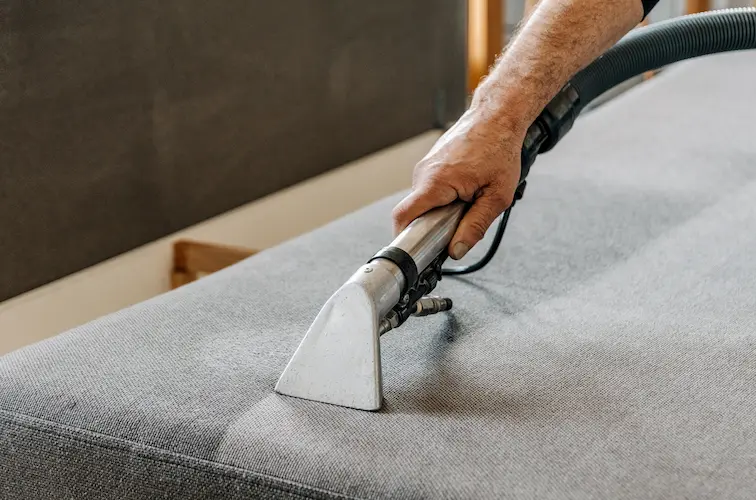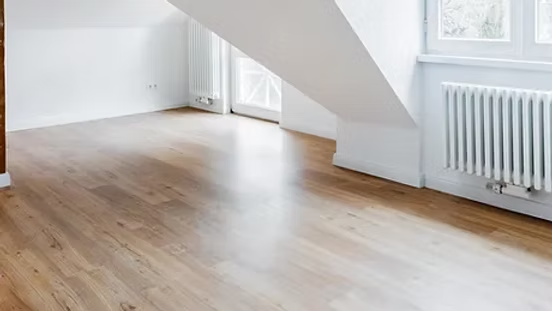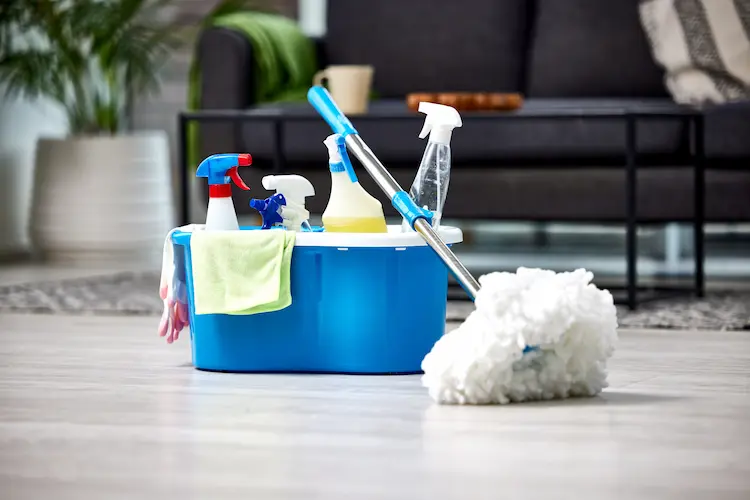A heavy storm in Connersville, IN, can cause flooding, not only outdoors but also inside your home. When this happens, the resulting water damage may only be the beginning of your problems. To prevent secondary damage such as mold growth, the affected area must be cleaned up quickly and additional measures need to be taken to further prevent a fungus issue.
Understanding How Mold Growth Happens
When it comes to mold prevention after a flood, timing is the key. Mold is already in your home. It can enter in several ways:
Human or pet hair
Clothing and shoes
Open doors or windows
HVAC system
Mold only becomes a problem when it grows. It doesn’t take long for the spores that are inevitably in your home to settle on surfaces and start to multiply. In fact, this can happen in as few as 24 hours after flooding occurs. A quick response from both you and the water damage mitigation team is crucial.
Handling Mold Problems Effectively
If you do notice that you have patches of fungus in your house, you need to call mold damage mitigation specialists to resolve the problem. Many homeowners make the mistake of trying to clean up mold growth on their own. This often just exacerbates the issue, though.
Wiping down surfaces where you see the patches may seem to get rid of it, but it’s not really gone. Mold tends to grow down into the objects on which it settles, particularly if they are made of porous materials. Therefore, any surface cleaning just removes what you can see. Eventually, the visible evidence will return. Unfortunately, this means the problem beneath the surface has been growing even more. Professional remediation ensures that the mold removal is complete.
Controlling Moisture Throughout Your Home
After mitigation, there are a few steps you can take to discourage mold from growing. The first step is to control the humidity level in your home. It should always remain in the 45-50% range. If you can get rid of excess moisture in the air, your surfaces are more likely to remain dry as well. Maintaining proper airflow is also essential. It not only helps to control humidity but also prevents air from becoming stagnant.
Using Mold-Resistant Materials
Another possible prevention method involves choosing materials wisely. Carpets are notorious hosts of mold because there are so many places for the mold to hide. If you can use tile or hard flooring, particularly in areas that are vulnerable to excess moisture, you are less likely to have mold problems. Additionally, your restoration team may be able to recommend mold-resistant paints for your walls that make it harder for mold to grow there.
There are many mold prevention methods that you can employ in your home. No matter how careful you are, though, a flood can lead to mold growth. If this happens, professional mitigation can help you take care of the problem thoroughly so that it doesn’t return with a vengeance later. Trust the certified mold experts in Connersville, IN, to address any fungus issues that you have.



